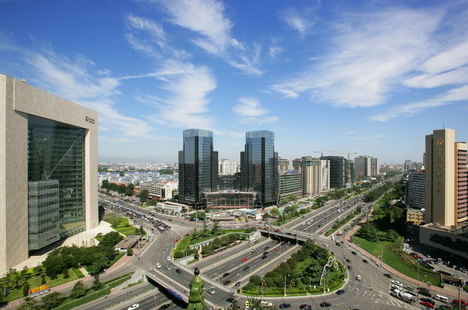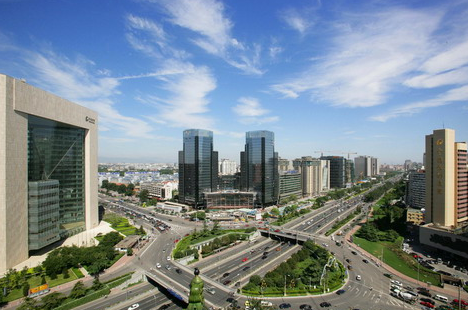
BEIJING, April 4 (Xinhua) -- State-owned enterprises (SOEs), the backbone of the Chinese economy, registered strong performance last year and made new headway in China's reforms, especially supply-side structural reform.
So far, 503 out of 984 non-financial SOEs listed in China have filed their 2017 annual reports with the Shanghai and Shenzhen stock exchanges, according to Wind Info, a financial information service provider.
Their total revenue rose 17 percent to 14.72 trillion yuan (2.34 trillion U.S. dollars), while the combined net profits surged 54 percent to 593.5 billion yuan last year.
Among them, 111 SOEs, mainly from the non-ferrous metal, chemical, coal and transportation sectors, saw net profit growth of more than 100 percent. Meanwhile, 26 firms suffered losses, down from 40 in 2016.
The overall strength of listed SOEs was in line with the performance of all SOEs, as their total profits rose 23.5 percent to 2.9 trillion yuan last year, according to the Ministry of Finance.
CAPACITY CUTS BRING BENEFITS
Since 2015, the central leadership has stressed "supply-side structural reform," with major tasks including tax cuts, lowering corporate costs, tackling overcapacity, reducing inventories and deleveraging.
Cutting overcapacity in bloated sectors like steel and coal has been high on the government work agenda in recent years as production gluts ate into corporate profits and dragged economic growth.
Last year, China completed the task of cutting steel capacity by about 50 million tonnes and coal capacity by more than 150 million tonnes.
Lowered capacity meant less supply and allowed the sectors to focus more on raising the quality of products instead of engaging in price wars.
Wind Info data showed 12 state-owned steel makers posted total net profits of 29.6 billion yuan, up 543 percent from a year ago, while 19 SOEs in the mining industry saw net profits surge 1,190 percent.
China Shenhua, the country's largest coal miner, reported net profits of 45 billion yuan, up more than 98 percent from a year ago, citing high coal prices thanks to the capacity cuts.
China has vowed to cut ineffective steel capacity by 30 million tonnes and coal capacity by 150 billion tonnes this year, according to this year's government work report unveiled last month.
GRADUAL DELEVERAGING
Listed SOEs also made progress in lowering the leverage ratio.
The 503 listed SOEs saw total assets grow 7 percent year on year, faster than a 6-percent increase of liabilities.
Their average ratio of liabilities to assets dropped from 50.03 percent in 2016 to 49.07 percent last year, one of the main reasons behind a 0.6-percentage point drop in the ratio for all major industrial companies.
Deleveraging was further emphasized this year as an important aspect of winning the "tough battle" of forestalling and defusing financial risks.
Local governments and companies, especially SOEs, must decrease leverage as soon as possible to contribute to the gradual decline in the country's overall leverage ratio, according to a statement following a Monday meeting of the Central Committee for Financial and Economic Affairs.
SOES are also fighting pollution, another "tough battle" to be won by 2020.
Sinopec, the largest oil refiner in China, on Monday launched its "green action plan" in a bid to become a clean, efficient and low-carbon enterprise by 2023.
Within the next six years, the company will see the share of its clean energy output exceed 50 percent of its total and build another 1,000 natural gas stations for vehicles.




 A single purchase
A single purchase









